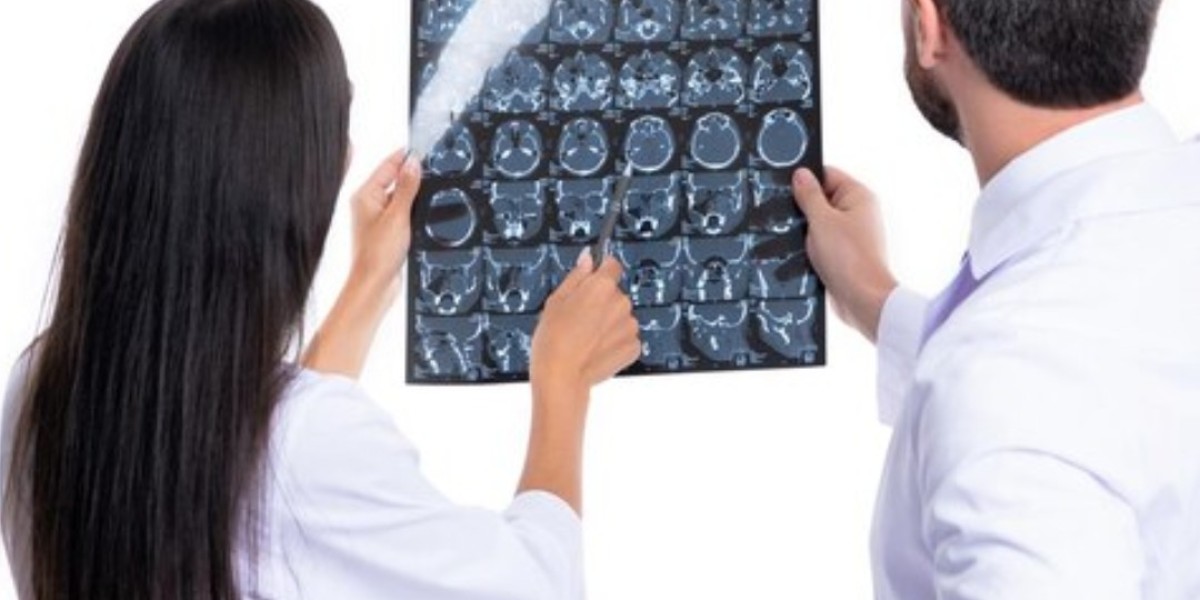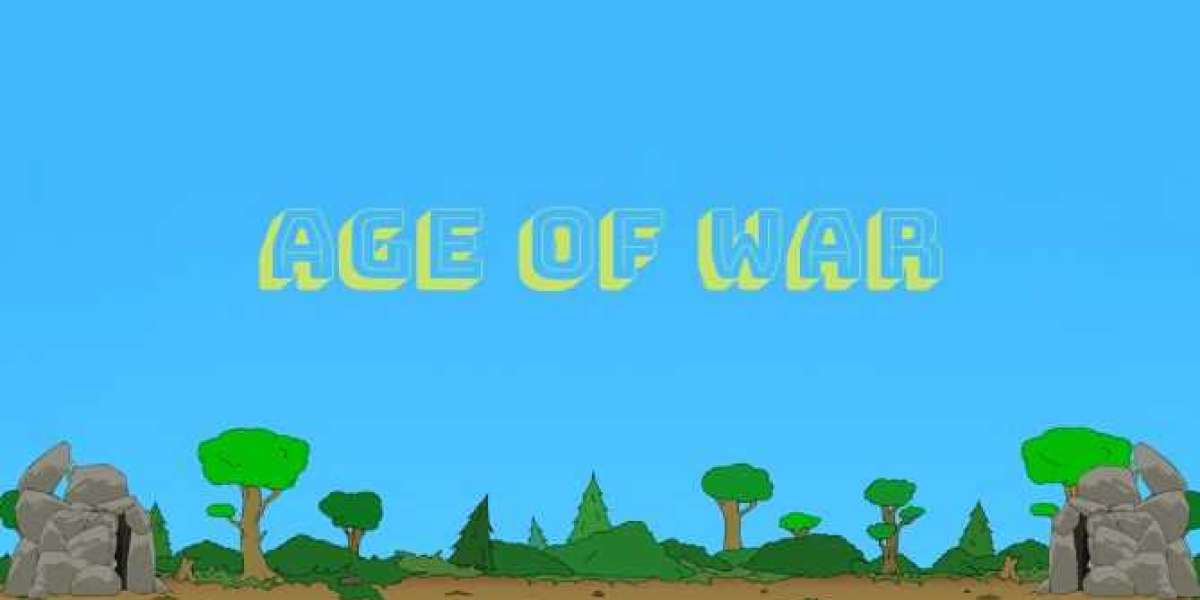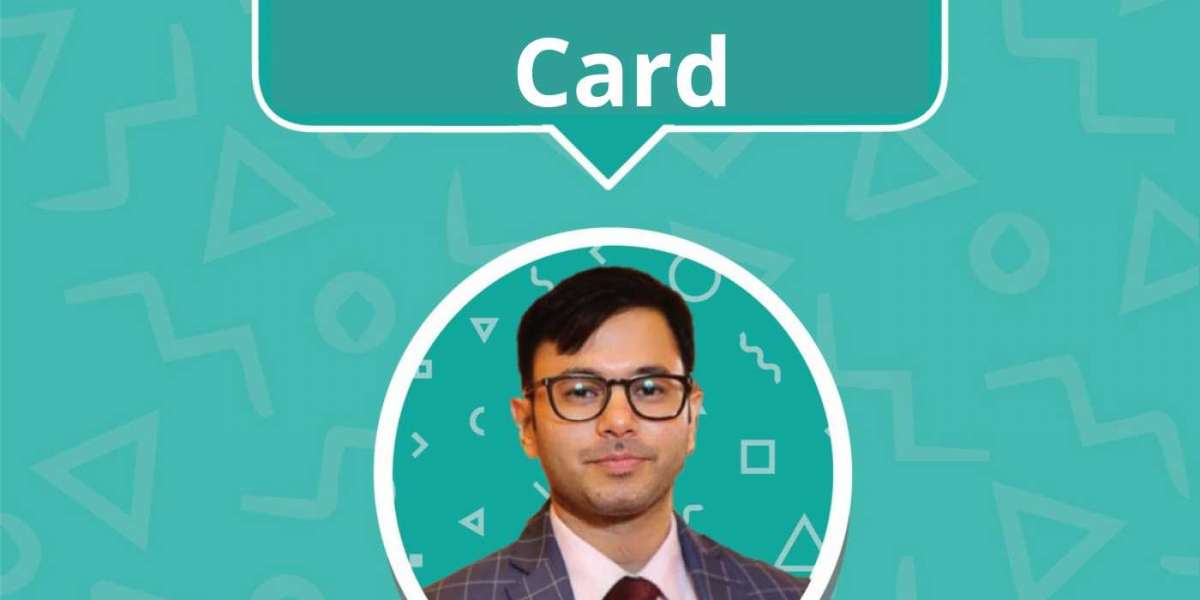Every 40 seconds, someone in India has their life brutally changed by one of the most insidious assassins known to modern medicine - a stroke. This silent, sinister threat can strike suddenly and ruthlessly, instantly inflicting devastating neurological damage capable of paralyzing, impairing speech, or worse.
Often called “brain attacks,” strokes represent acute events where the blood supply gets disrupted or cut off from portions of the brain altogether. And despite the grave implications, they actually manifest in a few distinct mechanistic variations.
That’s why understanding the key differences between major stroke types, what bodily dysfunction first triggered the assault, and how you can overcome these events are very crucial. Because when the stakes involve your brain function, every second of response time counts.
Types of Strokes
While the indicators may vary, all strokes fundamentally undermine quality brain function by depriving neurons of oxygen and vital nutrients. How that supply line disruption initially occurs generally breaks down into two recurring culprits:
1.Ischemic Strokes: Representing around 87% of all stroke cases, these “blockage-style” brain attacks transpire when fatty deposits or destructive blood clots manage to cut off crucial blood flow pathways to the brain. It’s the biological equivalent of a nefarious plumbing backup triggering devastating downstream consequences.
2.Hemorrhagic Strokes: On the flip side, this more outwardly chaotic variation involves instances where a weakened blood vessel ruptures inside the skull itself, causing bleeding to spill directly into the surrounding brain tissue. Rather than a blockage, it’s a breach - one that can rapidly destroy neural regions via compressive forces and toxic byproducts.
Both variations initiate frighteningly accelerated waves of irreparable brain infarction and potential permanent debilitation if not treated immediately. Recognizing those opening red flag symptoms is absolutely paramount.
Signs and Types of Stroke
Since strokes essentially represent time-sensitive brain emergencies, identifying the classic red flags FAST is absolutely critical:
- Face: Look for one-sided drooping, uneven smiles, or facial numbing
- Arms: Pay close attention to any sudden arm or leg weakness or uncontrolled limb drift
- Speech: Listen for any struggling speech patterns, slurred words, or confused verbalization
- Time: If you detect any of the above signs (even temporarily) it’s time to call emergency services FAST.
Other key symptoms may include abrupt blurred/blackened vision, dizziness, loss of balance, unexplainable confusion, or experiencing “the worst headache of your life.”
The terrifying reality is that strokes can rapidly accelerate from easy-to-dismiss discomforts into serious long-term disability or fatality within a mere 3 to 4.5 hours if not treated promptly. Recognizing those initial subtle omens and getting rapid intervention provides the absolute best chance for mitigating permanent deficits and brain damage. If you want to know more about strokes, contact Dr. Parth Bansal, who is one of the best Neurologist in Chandigarh.
Brain Stroke Treatment in Chandigarh
For those suffering acute stroke symptoms, schedule an appointment at Hale Clinics, which provides one of the best Brain Stroke Treatment in Chandigarh. Their stroke treatment program includes:
- Latest diagnostic imaging and lab protocols to swiftly identify stroke type/severity
- Emergency medication and procedures to dissolve/remove clots or halt bleeding
- Dedicated neuro intensive care units for stabilizing and managing acute care
- Physical therapy, rehabilitation, and follow-up care from interdisciplinary teams
No matter the specific stroke variant striking, Hale’s rapid response teams work to quickly restore blood flow, minimize neural tissue loss, and provide vital supportive interventions.
The critical emphasis is always on achieving the best possible outcome - be it facilitating a full recovery or empowering patients with resources to adapt to new abilities post-stroke. The faster care is received, the better those odds become.
Conclusion
Recognizing those subtle stroke red flags and seeking urgent treatment can literally spell the difference between celebrating survival or suffering permanent disabling consequences. By knowing the signs and involving elite specialists like those at Hale Clinics, you give your brain a fighting chance against one of Mother Nature’s sneakiest cranial assassins.



